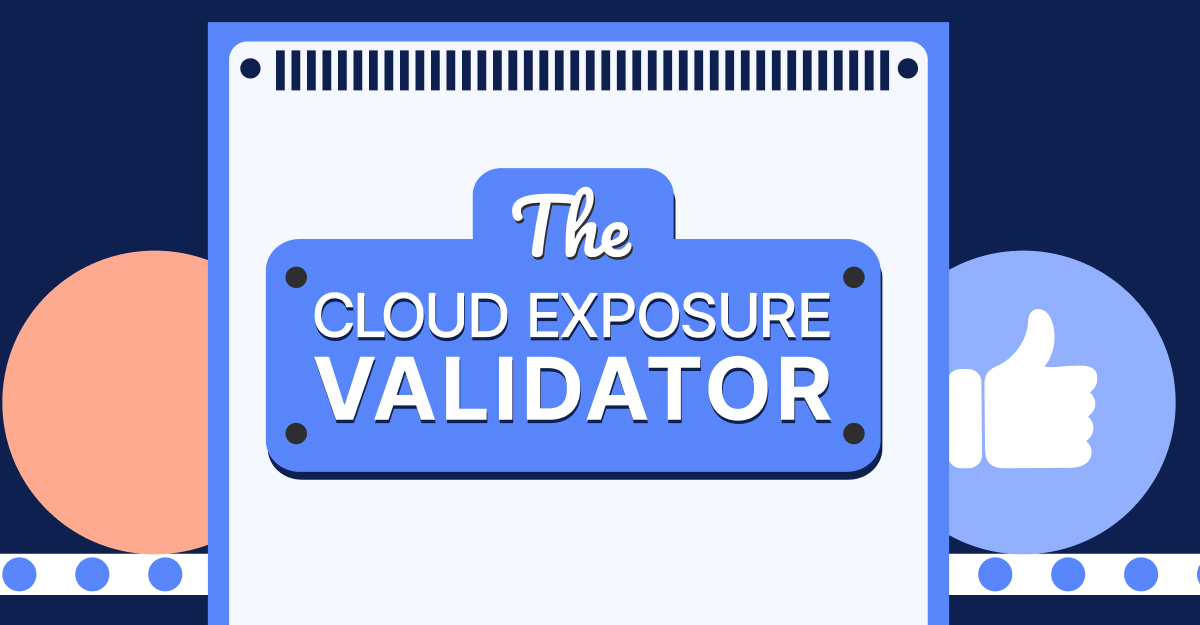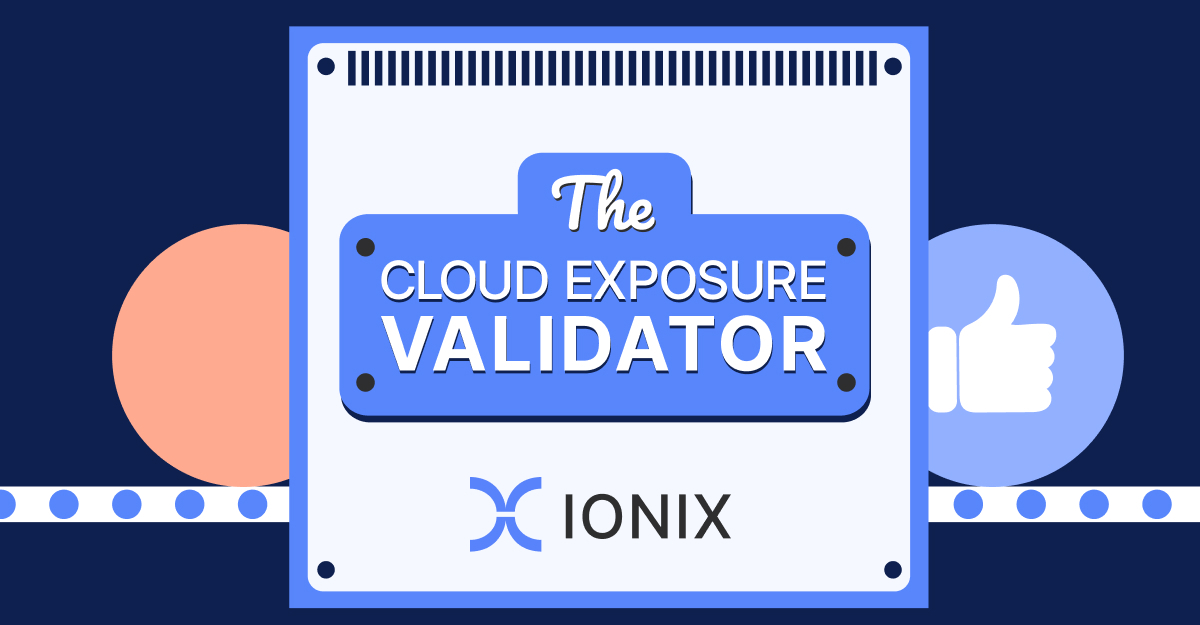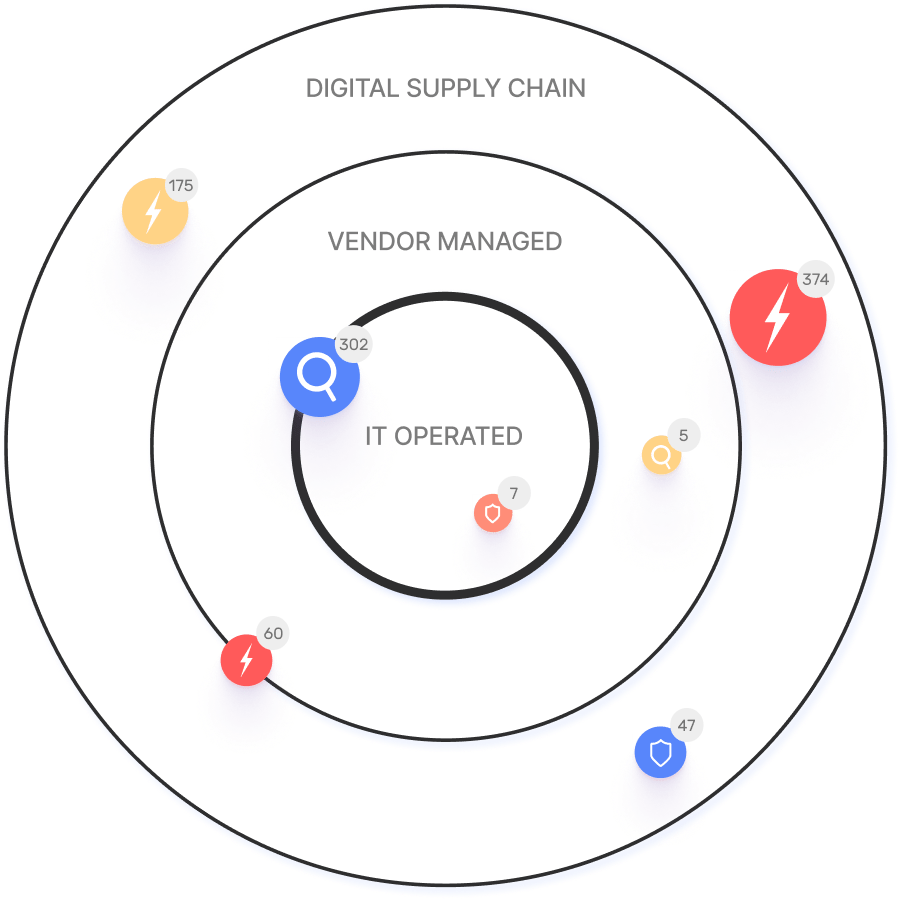EASM vs DRPS: Key Differences & Why You Should Care
By Amit Sheps, Director of Product Marketing | April 11, 2023
Attack Surface Assessment Tools
External Attack Surface Management (EASM) and Digital Risk Protection Services (DRPS) are both critical for modern cybersecurity. However, their approaches and outcomes differ significantly. Understanding these differences is essential for building a resilient security posture.
What is EASM?
External Attack Surface Management (EASM) is a proactive cybersecurity approach that continuously discovers, inventories, and assesses all internet-facing assets and their vulnerabilities—before attackers can exploit them. Advanced EASM solutions, like IONIX, go beyond simple discovery by prioritizing exploitable risks and enabling security teams to remediate issues before they become incidents.
- Discovers shadow IT, unauthorized projects, and unmanaged assets.
- Provides attacker’s perspective for risk prioritization.
- Enables proactive remediation and reduces alert fatigue.
IONIX Example: E.ON used IONIX to continuously discover and inventory their internet-facing assets, improving risk management. Read the case study.
What is DRPS (Digital Risk Protection Services)?
DRPS monitors the internet, including deep and dark web sources, for mentions of your organization, brand, or personnel, and for stolen data being sold. DRPS is reactive: it identifies attacks after they occur, helping organizations detect breaches and control damage.
- Detects exposed credentials and data leaks after compromise.
- Monitors for brand abuse and impersonation.
- Supports incident response and damage control.
For example, in 2020, over 15 billion credentials were exposed on the dark web—a 300% increase since 2018 (Digital Shadows).
EASM vs DRPS: Comparison Table
| EASM | DRPS |
|---|---|
| See like an attacker | See what attackers have already taken |
| Proactive risk reduction | Reactive damage control |
| Prevent attacks before they happen | Monitor to identify attacks that have happened |
Proactive vs Reactive Cybersecurity Approaches
EASM is proactive: it identifies and mitigates vulnerabilities before attackers exploit them. DRPS is reactive: it detects breaches and exposures after the fact. For example, Kaspersky/Guardicore found that over 14,000 RDP servers were compromised within 24 hours of exposure—EASM could have prevented this by identifying and remediating the risk before compromise.
DRPS would detect the breach after credentials are leaked, but by then, damage has already occurred.
Why Proactive Matters
- Reduces mean time to remediation (MTTR).
- Prevents costly breaches and compliance violations.
- Enables focused resource allocation.
Integrating DRPS Threat Intelligence into EASM
Combining DRPS insights with EASM expands your attack surface inventory and enriches risk context. For example, IONIX maps exposed credentials and machines discovered via DRPS to relevant assets, helping prioritize remediation and providing a more complete security picture.
- Enriches asset inventory with external threat intelligence.
- Improves risk prioritization and response.
- Supports compliance and audit readiness.
FAQ: IONIX Value in EASM & DRPS
- How does IONIX help prevent breaches compared to DRPS-only solutions?
- IONIX’s EASM platform proactively discovers and remediates vulnerabilities before attackers can exploit them, reducing risk and preventing incidents, while DRPS only alerts you after a breach.
- What makes IONIX’s EASM unique?
- IONIX uses ML-based Connective Intelligence to discover more assets with fewer false positives, offers prioritized threat exposure radar, and integrates with leading IT and security tools (Jira, ServiceNow, Splunk, etc.).
- Can IONIX integrate DRPS data?
- Yes, IONIX can ingest DRPS threat intelligence to enrich asset inventories and improve risk prioritization.
- What customer results have been achieved with IONIX?
- Customers like E.ON and Warner Music Group have improved operational efficiency and risk management by proactively discovering and remediating vulnerabilities. See Warner Music Group’s story.
- How quickly can IONIX be implemented?
- Deployment takes about a week and requires minimal resources. Customers receive onboarding support and a dedicated account manager.
See IONIX in Action
Watch a short demo to see how easy it is to implement a CTEM program with IONIX and proactively reduce your attack surface.
Watch IONIX in ActionAbout IONIX
- Product Innovation: IONIX is a leader in ASM innovation, security, and usability. See leadership recognition.
- Integrations: Works with Jira, ServiceNow, Slack, Splunk, Microsoft Sentinel, Palo Alto Cortex/Demisto, AWS, and more. See all integrations.
- Security & Compliance: SOC2 compliant, supports NIS-2 and DORA compliance.
- Customer Support: Dedicated account managers, onboarding resources, and technical support.
- Industries Served: Insurance, Financial Services, Energy, Critical Infrastructure, IT, Technology, Healthcare.
- Customer Proof: Infosys, Warner Music Group, The Telegraph, E.ON, Grand Canyon Education, Fortune 500 Insurance Company. See customers.







